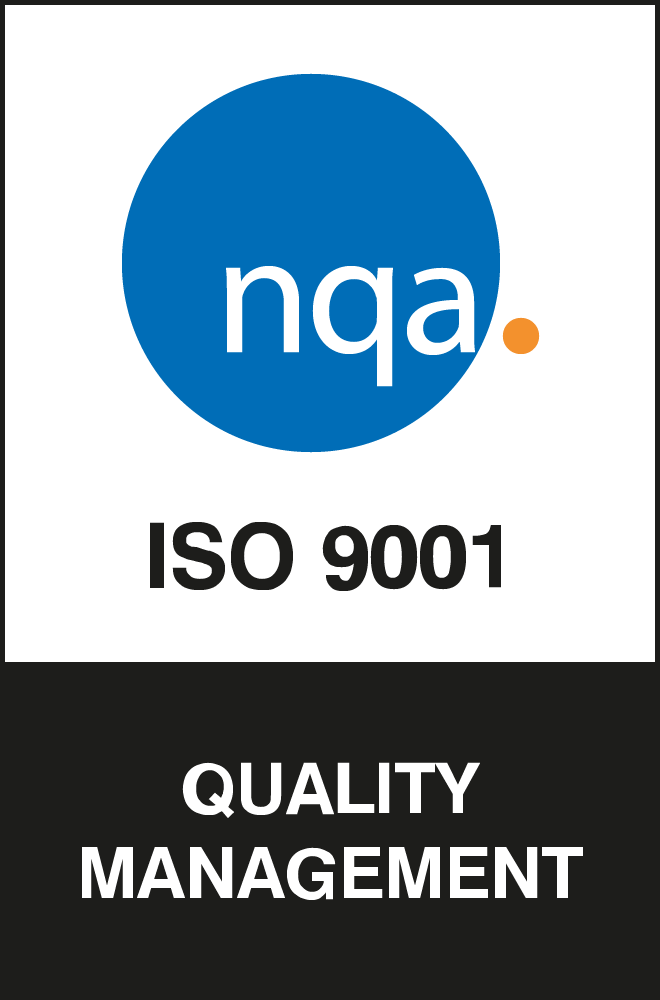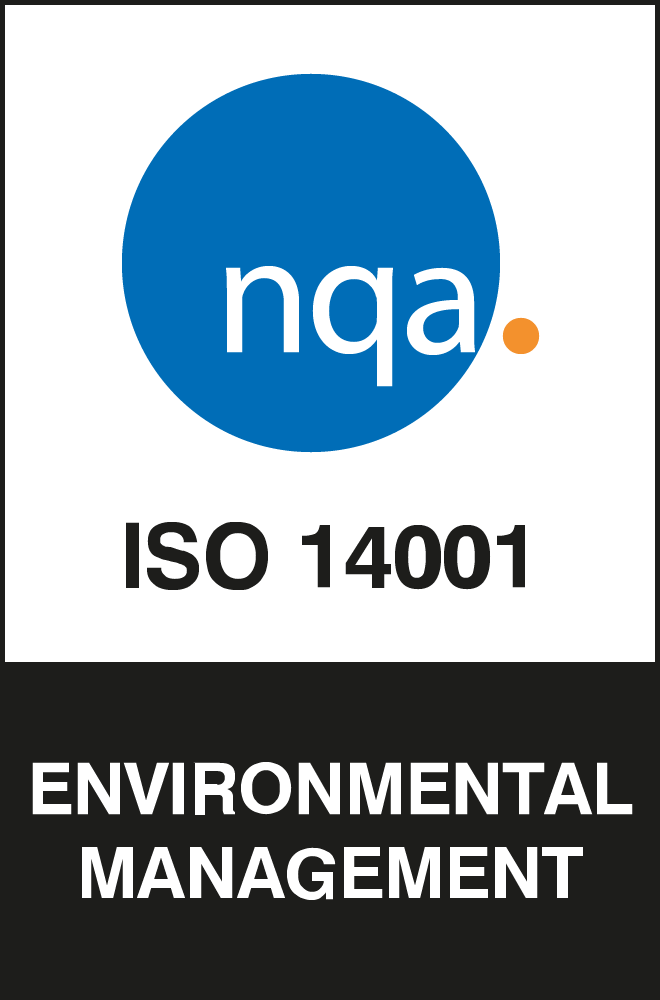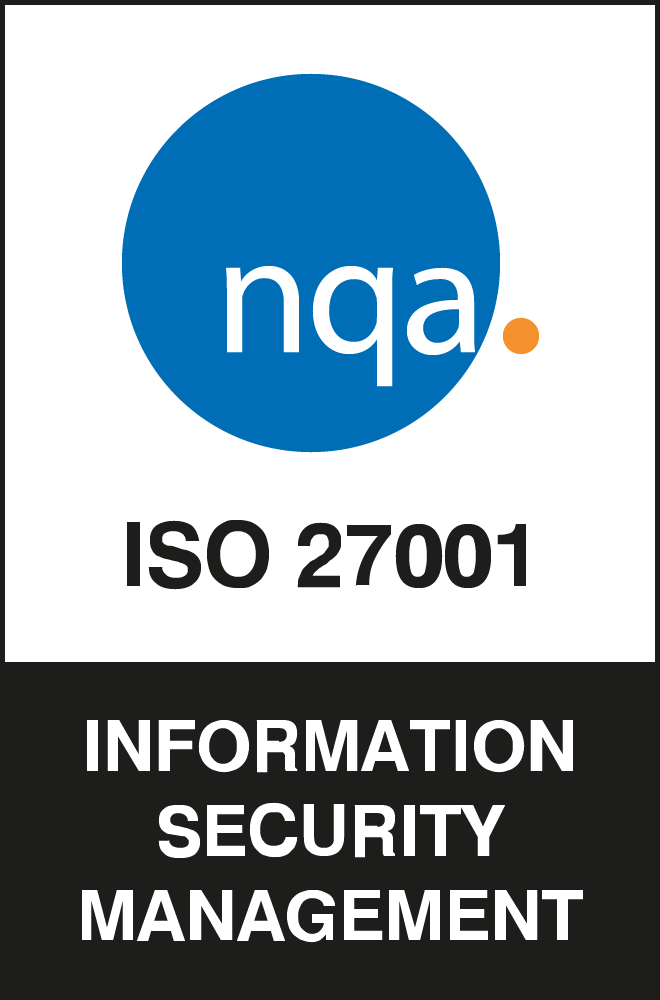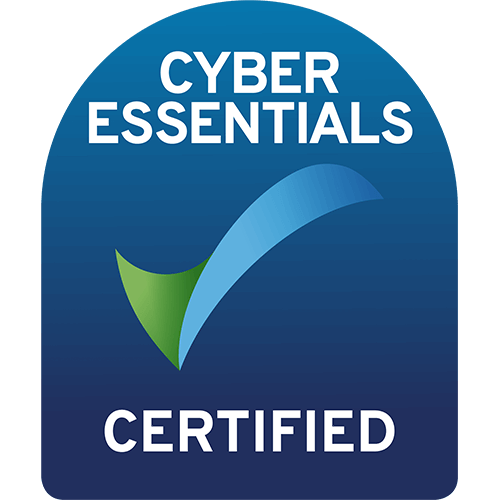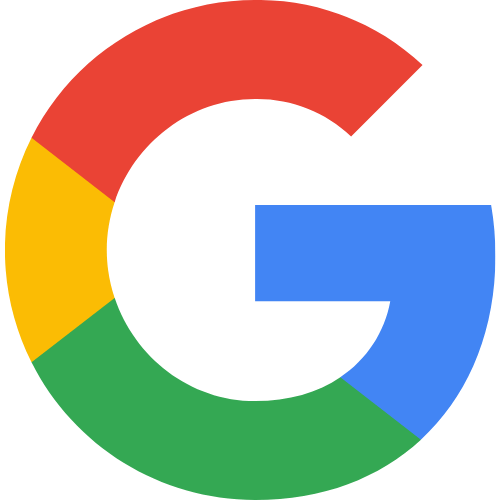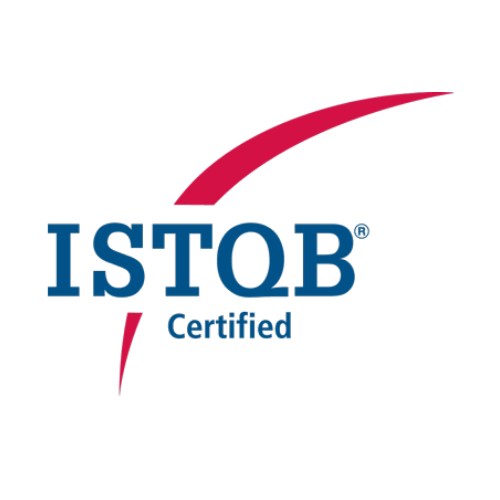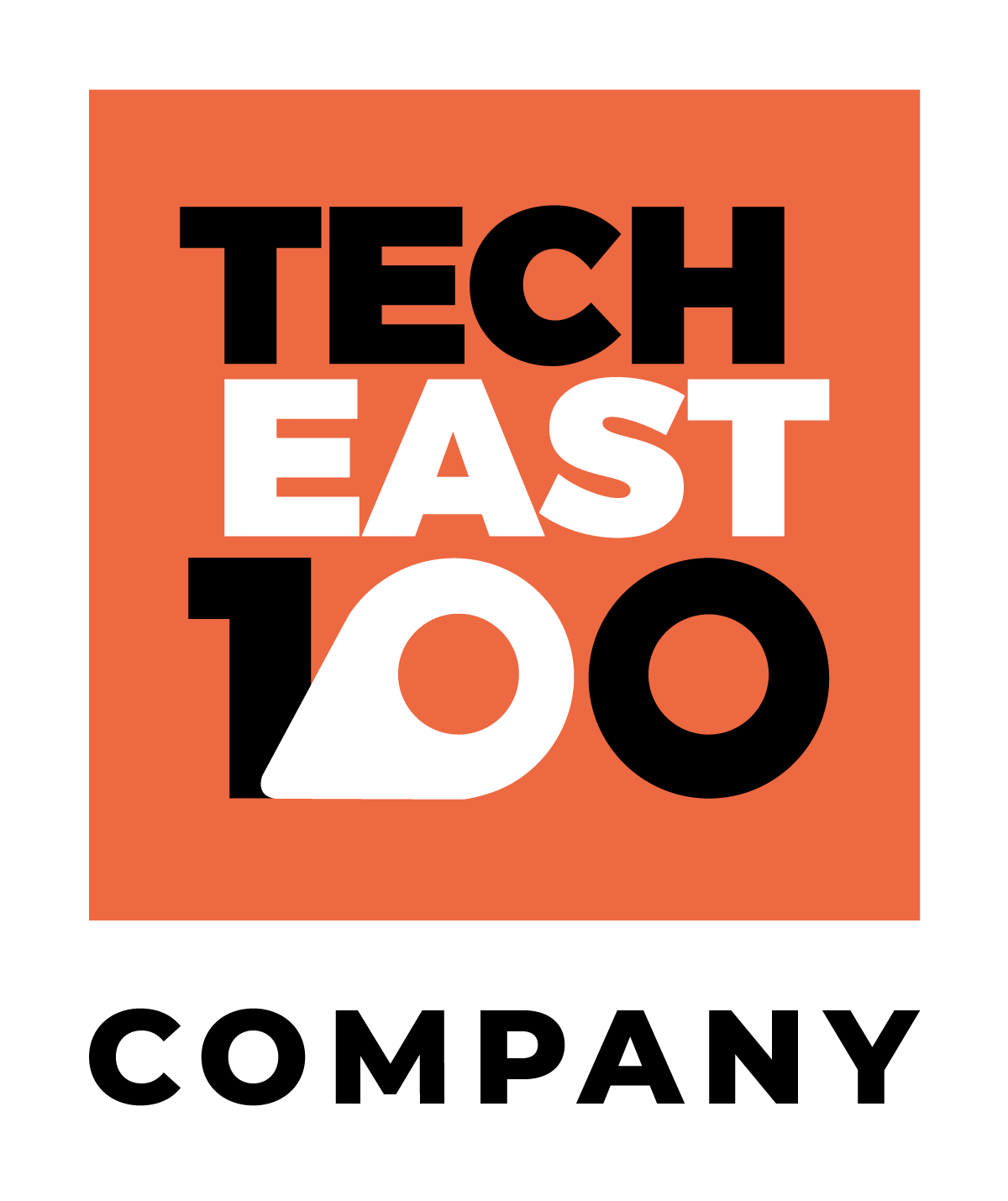In recent years the concept of smart cities has garnered its fair share of interest in discussions about the future of technology’s role in society.
Governing bodies across the world are following the leads of cities such as Dubai, Amsterdam and Singapore and creating plans to transform their traditional cities into smart ones.
Read through this blog to find out everything you need to know about smart cities, from the technology they require to the benefits they bring.
What is a smart city?
A smart city is an urban area that uses advanced technologies and a network of intelligent, connected devices to improve the quality of life of its residents by providing useful services and solving complex structural problems.
The main goals of a smart city are:
- Increase efficiency
- Improve waste management
- Enhance social and economic quality for inhabitants
- Maximise economic growth
Simplified concepts of smart cities can be traced back to as early as the 1960s with American Authorities beginning to collate data from various sources including infrared aerial photography in computer databases, create analysis reports and more accurately allocate resources to the areas that need them. Milton Keynes is one of the U.K’s first big smart cities.
What are the features of a smart city?
Features and common characteristics of a smart city can be both visible and hidden and include:
- Prioritisation of the development and implementation of advanced technologies to enhance economic, social, cultural and urban development
- Strategies in place to preserve natural resources, improve energy consumption and make better use of renewable energy
- Aims to increase public participation in Government through various technologies – e-governance
How does a smart city work?
Smart cities work by analysing data collected by a network of connected sensors that measure numerous variables specific to their purpose and the problem they are tasked with monitoring.
The conclusions drawn from the analysis of this data is used to make decisions that will lead to improvements which are then implemented through connected devices in real-time or proactively before a larger problem arises.
Ultimately, a smart city consists of three main elements:
- The network through which connected devices and sensors communicate
- Smart applications with the capability to perform detailed data analysis
- Organisations, people and Governing bodies that utilise the tech base and contribute to data collection
This of course differs from traditional cities, which consist of just one layer of infrastructure and use more outdated methods of communication.
Smart cities are an improvement on traditional non-connected cities as they allow authorities to make real-time decisions as well as a preventative action to ensure the safety and contentment of their citizens.
For example, smart cities can help local councils measure wear and predict when vital infrastructure such as roads or bridges will become damaged so that maintenance can be scheduled to take place before the damage becomes irreversible which would lead to further inconvenience to road users and increased repair costs and times.
Another positive of smart cities is that they enable local areas to become more agile and adapt more quickly to our rapidly expanding population. Less time needs to be spent conducting large scale studies to collect and analyse huge amounts of data when a change is proposed because data is always benign collected which means decisions can be made more efficiently to benefit the social, economic and environmental sustainability of expanding cities.
What technologies are used in a smart city?
The technologies that allow a smart city to operate include IoT devices, software, user interfaces and communication networks.
While each of these technologies works in conjunction with each other, the most important component is the IoT devices, they collect data using sensors which are then transmitted via the communication network to be stored in the cloud or on remote servers.
In some cases, these devices have advanced edge computing capabilities which allow them to process the data locally so that only the most important and relevant data is exchanged via the network – as opposed to everything the sensors pick up.
Smart cities are also supported by citizens who engage with the city’s ecosystem using smartphones, connected cars and IoT home devices
As well as these, cybersecurity systems are also in place so that the data being collected and transmitted cannot be intercepted by any unauthorised parties.
Some of the other technologies that are used in smart cities include:
- APIs or Application Programming Interfaces
- Cloud Computing
- Machine Learning
- Mesh Networks
What is the future of the smart city industry?
As time goes on, smart city concepts and technologies will become significantly more sophisticated and more pervasive in every aspect of our lives – even cities which align more with traditional urban infrastructures will adopt at least some of the technologies typically associated with smart cities to achieve similar improvements.
Companies that operate within the smart city industry will place greater emphasis on the benefits of the technology they have created to appeal to Governing bodies which remain sceptical.
A huge increase in the jobs available within the industry is expected as research and innovation within the field is demanded by the increasing desire to make our cities more and more sophisticated.
A challenge that the smart city industry will face is the threat of security breaches. The more smart devices that are in our society, the more data is collected which of course requires the most advanced security possible. This means that going forward, IoT product design will be approached from a ‘security first’ perspective to ensure hackers cannot access the connected devices surrounding us, keeping our data as safe as possible.
With the rollout of 5G, smart city technology movies closer to becoming capable of operating autonomously which will improve efficiency and productivity. As well as this, 5G will result in faster data transmission so data can be communicated from the device to the central server at a much faster rate.
What are some smart city applications?
The applications of a smart city are vast and can have far-reaching effects on the people who live there, businesses that operate there and authorities that preside over it.
Here are some examples of the areas that can be improved with smart city technology:
Public Safety
The police can monitor and observe crimes in real-time using advanced security systems to more accurately dedicate people and resources to the scene of a crime.
Emergency services’ response to accidents can be optimised with traffic lights that detect emergency vehicles and make adjustments to allow them to travel to their destination without the risk of collision with other vehicles and reducing the number of times they have to stop.
Transport Efficiency
Intelligent traffic management through connected capacity and usage monitors as well as smart traffic lights and electronic traffic signs. Local authorities can also identify which modes of transport are used most by the population and therefore devote funds and resources to the areas that need it most.
Smart traffic management systems can assess congestion and adjust satellite navigation systems as well as electronic road signs to prevent roads from becoming too busy during peak usage times or to clear routes for emergency vehicles to travel through more easily in the event of an incident.
Environmental Change
Air quality monitors can be installed within cities to track changes in real-time and quickly identify any need for authority intervention should the quality drop unexpectedly to a level which is harmful to humans.
Energy use can be optimised in smart cities with sensors that identify when a street light, for example, is on but isn’t needed (if there are no vehicles or pedestrians in the area) so that its output can be reduced or switched off remotely to save energy.
Health
Health data collected through wearable sensors and mobile apps can be used to identify increased health hazards localised to specific areas in a city to find patterns and distribute the relevant resources accurately to areas that need it most. This is a great way to combat the disparity in access to adequate health and contributes to raised health standards city-wide.
For example, if health conditions related to obesity are disproportionately high in one area of the city, Governing bodies might plan to allocate more resources to health and fitness facilities or create medical centres that specialise in treating these issues so that help is there for those who need it.
Efficient Waste Collection
Sensors can monitor the levels of waste disposed of in bins around the city to make the waste collection more efficient. Bins that have a low level of waste can have their collection deferred to a later date to reduce the time and emissions wasted collecting small amounts of waste from near-empty bins. Alternatively, a sensor that detects a consistently overflowing bin can point local authorities towards adding additional bins to the area surrounding it or schedule more frequent waste collection.
Citizen Involvement in City-wide Improvements
With free and easy to use apps, residents in smart cities can report local issues and damages such as potholes on roads, flytipping, faulty street lights and other problems to the relevant local authorities. This eases friction between residents and authorities as concerns can be raised and dealt with much more efficiently than with traditional methods.
Users can even upload images or videos of the problem as evidence and track the progress of any repairs scheduled to be carried out.
Not only can this improve efficiency and enhance resource planning, but it also helps to create a stronger sense of community responsibility and contributes to the city’s social growth.
Smart Cities in the World
Popular areas across the world are transitioning into smart cities, some of the most advanced and notable ones include these:
Singapore
In Singapore, sensors and connected security cameras are used to monitor a variety of data, such as public space cleanliness, crowd density and the movement of vehicles registered locally. As well as this, Singapore is trialling full-size autonomous robotic buses in order to make their public transport system more efficient.
Kansas City
Kansas City in the U.S has its own data visualisation app that residents can use to view available parking spaces, the flow of traffic and pedestrian hotspots. This works well with the over 50 blocks of free public WiFi available across two miles of the city.
Dubai
Smart city technology is huge in Dubai, with it being used to improve traffic routing, parking, city planning and transport. Smart healthcare, buildings, utilities, education and tourism are also present in the city which helps to improve the overall quality of life of its citizens.
Barcelona
Barcelona is one of the clearest examples of a smart city. Users of its transportation system can benefit from bus stops with free Wi-Fi, USB charging facilities and schedule updates in real-time.
For those who prefer not to take the bus, a bike-sharing program is available as well as a smart parking app for drivers.
Aside from the modern transportation system, Barcelona also has sensors that monitor and measure environmental factors from temperature and humidity to air pollution and noise levels in order to efficiently identify any potential issues.
The Need for Smart Cities
The Covid-19 pandemic has exposed a need for a more efficient, technologically enhanced future.
No longer can we rely on traditional city infrastructure when a more advanced, better planned, more economically, socially and environmentally rewarding option is available to us.
Almost every aspect of Government departments can benefit from improved operations by a city’s transition to a smart city, such as public safety, energy, transportation and healthcare.
If you have an idea for some smart technology or a connected device, don’t hesitate to get in touch with our team of passionate and experienced developers.




